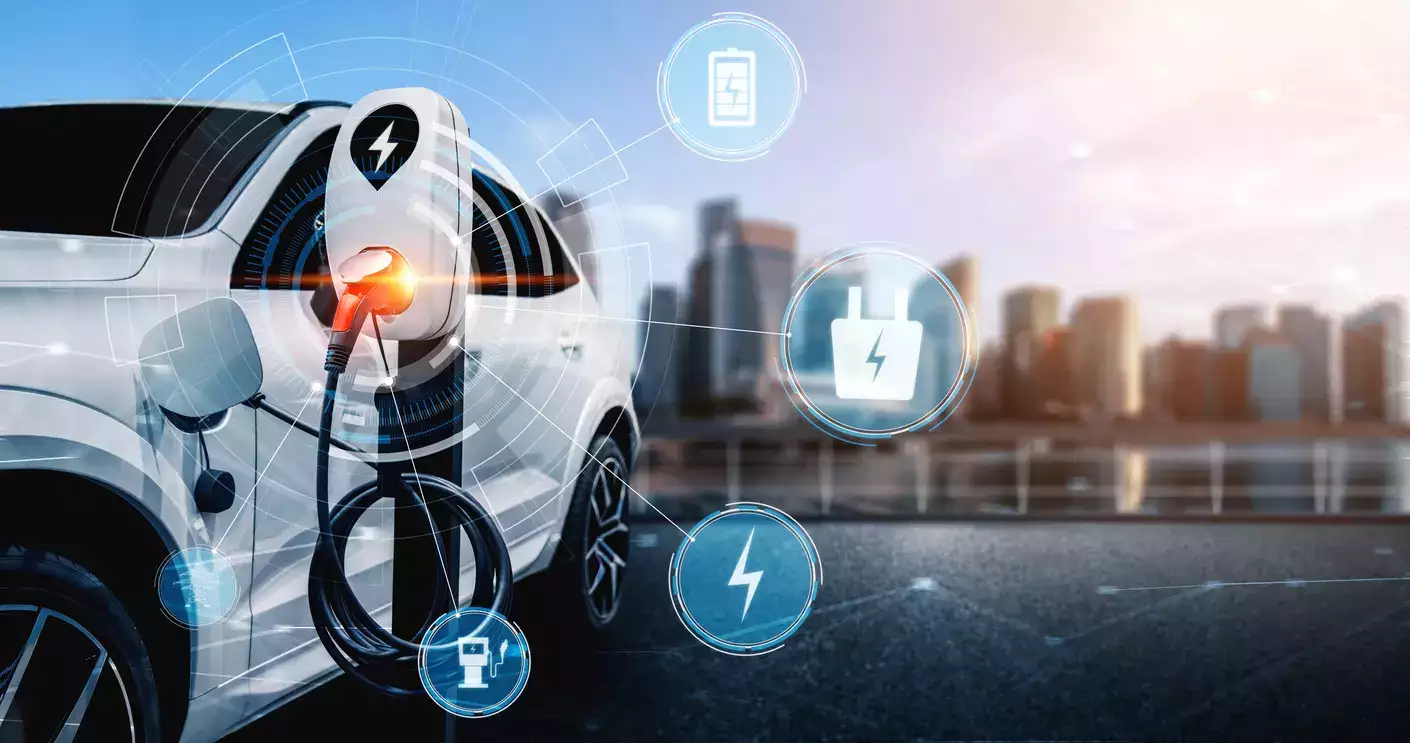
A pure EV architecture is meticulously crafted and optimized for electric propulsion and eliminates compromises from internal combustion engine (ICE) vehicles. It enables the delivery of multiple products with class-leading energy efficiency, extended range, superior performance, and unparalleled interior space utilization. Unlike legacy ICE platforms, pure EV architecture breaks free from constraints, fostering disruptive attributes optimized for EVs, which enhance customer satisfaction and loyalty while positioning manufacturers as champions of environmental stewardship.
Benefits to manufacturers
Embracing a pure EV architecture yields several advantages for manufacturers, such as:
Reduced costs, increased flexibility: Eliminating expensive and complex ICE-related components lead to significant cost optimizations, encompassing material, labour, warranty, maintenance, and service costs.
Enhanced scalability: The inherent scalability and flexibility of a pure EV architecture empowers manufacturers to develop diverse product types catering to evolving customer preferences. Faster product development and launch cycles are facilitated, simplifying design and engineering processes, while reducing testing and validation requirements.
Integration of advanced technologies: Pure EV architectures are flexible which can be engineered to maximize the performance and efficiency of EVs and components like electric motors, inverters, and regenerative braking systems can be tightly integrated. Manufacturers can leverage innovations in electric propulsion, connectivity, and autonomous driving to differentiate their products and deliver enhanced user experiences.
Charging infrastructure compatibility: Most scalable architectures allow for the integration of standardized charging interfaces and communication protocols, enabling seamless harmony with various charging infrastructure networks. This advancement enhances convenience for EV owners and promotes widespread adoption by reducing range anxiety and improving accessibility to charging stations.
Way forward
Pure EV architectures serve as foundational frameworks uplifting the future of electric mobility. In the nascent Indian EV industry, several OEMs have developed their versions of such architectures, leveraging flexibility to offer tailored solutions to consumers.
The recently-launched acti.ev is Tata Motors’ manifestation of the same. It is a grounds-up developed architecture that leads to fundamental changes in body design, interior design, package and powertrain layouts across product range. The entire mechanical platform layer has been designed around the battery pack rather than the other way in previous generations. This leads to improvements in On-board Battery capacity, new package layouts (e.g flat floor) and improved Weight efficiency
Furthermore, pure EV architecture plays a pivotal role in shaping the landscape of EV manufacturing, offering a robust foundation for the development of eco-friendly transportation solutions. They are purpose-built for electric vehicles, integrate cutting-edge technologies to enhance safety, performance, and efficiency. As the industry continues to evolve, the adoption of pure EV architectures will be instrumental in driving the transition towards a greener and more sustainable future.
(Disclaimer: Anand Kulkarni is Chief Product Officer, Head of HV Programs and Customer Service, Tata Passenger Electric Mobility Ltd. Views are personal.)
Disclaimer: The copyright of this article belongs to the original author. Reposting this article is solely for the purpose of information dissemination and does not constitute any investment advice. If there is any infringement, please contact us immediately. We will make corrections or deletions as necessary. Thank you.





